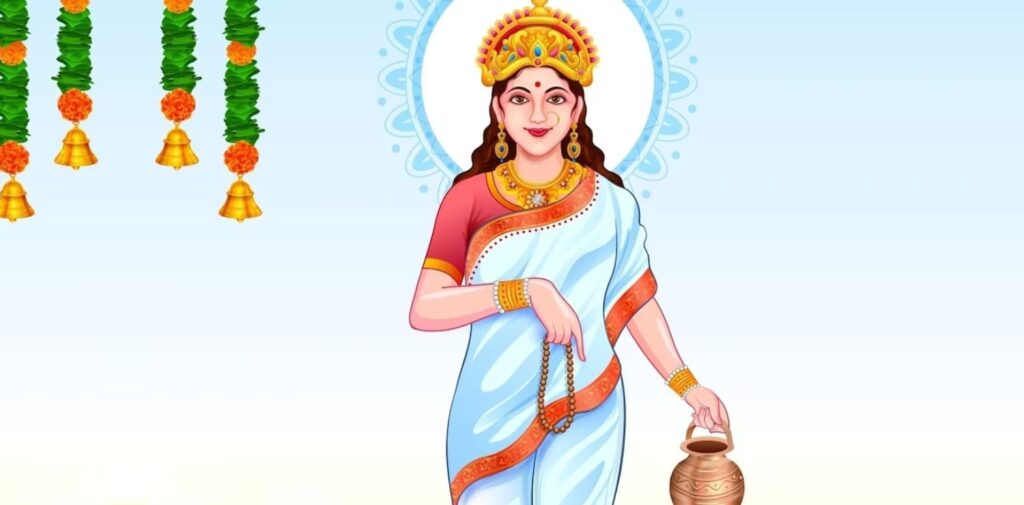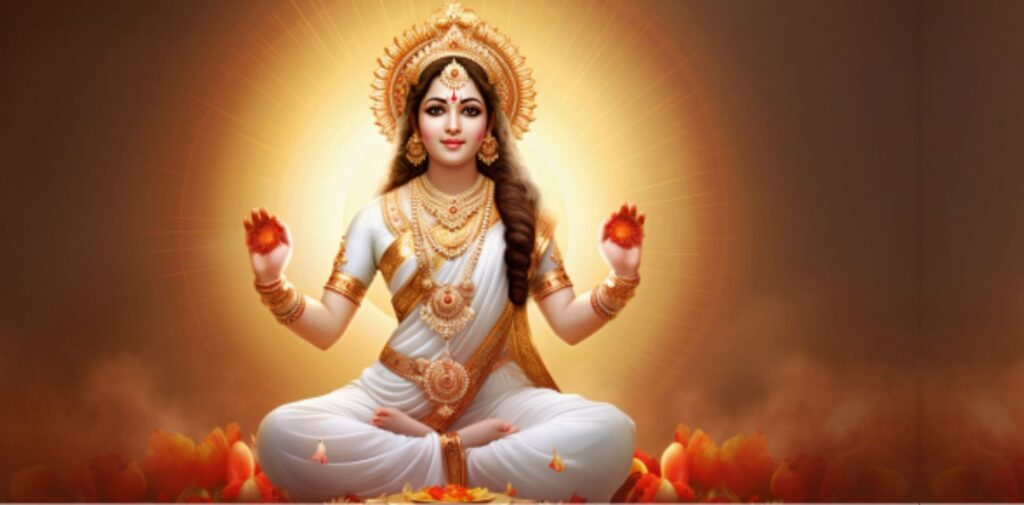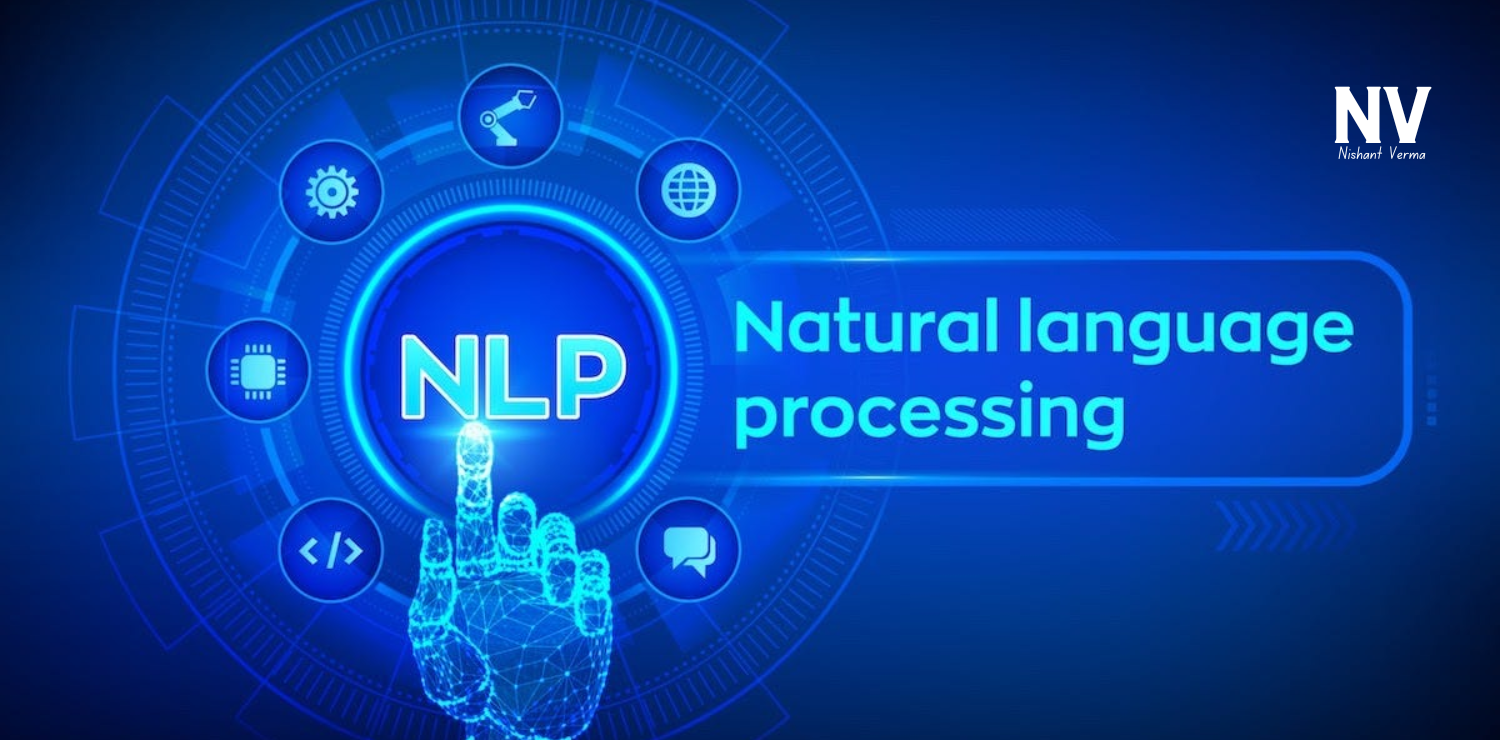Navratri, a festival celebrated with devotion and enthusiasm across India, is nine days dedicated to worshiping the nine different forms of Goddess Durga. Each day of Navratri is marked by the celebration of a unique avatar of the goddess, symbolizing her various attributes and powers. The second day of Navratri is dedicated to Maa Brahmacharini, the symbol of penance and devotion.
Who is Maa Brahmacharini?
Maa Brahmacharini is the second form of Navdurga. The term “Brahmacharini” is derived from two words: “Brahma,” which means penance or meditation, and “Chiarini,” which means one who performs it. Together, Brahmacharini signifies one who is in a deep state of meditation and who practices penance with utmost dedication.

In Hindu mythology, Brahmacharini is depicted as a young woman walking barefoot, dressed in simple white attire, holding a rosary in one hand and a Kamandal (water pot) in the other. Her appearance represents a sense of purity, self-control, and the sheer strength of willpower. The goddess symbolizes the journey of Parvati in the early stages of her life, where she underwent severe penance to win Lord Shiva as her consort.
The Story Behind the Form of Brahmacharini
The story of Maa Brahmacharini is deeply rooted in the tale of Goddess Parvati’s devotion to Lord Shiva. It is said that Parvati was deeply in love with Shiva from a young age. To prove her devotion and win his affection, she decided to undergo severe penance. For thousands of years, she meditated and performed austerities, surviving on leaves and then on just water and air. This intense tapasya (penance) earned her the name “Brahmacharini.”
Impressed by her dedication and self-control, Lord Brahma appeared before her and blessed her with the boon that Lord Shiva would be her husband in the next birth. This form of Parvati symbolizes patience, willpower, and unwavering determination. Her story teaches us that with dedication and perseverance, we can overcome any obstacle in life.
Significance of Worshiping Maa Brahmacharini
Worshiping Maa Brahmacharini on the second day of Navratri holds great significance for devotees. The goddess represents spiritual wisdom, inner strength, and determination. It is believed that by invoking her blessings, one can overcome all challenges in life and attain mental peace and clarity. She is also the epitome of love and loyalty, encouraging devotees to be steadfast in their beliefs and relationships.
People who seek strength, courage, and determination to pursue their goals should worship with a pure heart. Her blessings are believed to enhance devotion, discipline, and the power to endure hardships.
How to Worship Maa Brahmacharini
On the second day of Navratri, devotees perform rituals and offer prayers to seek the blessings of Maa Brahmacharini. The following are some traditional practices observed on this day:
Color of the Day: The auspicious color for the second day of Navratri is white, symbolizing purity, peace, and serenity. Devotees wear white attire and decorate the altar with white flowers.
Offerings: Devotees offer fruits, sweets, and white flowers to the goddess. The most common offerings include sugar and fruits like apples and bananas. Sugar is considered particularly sacred as it is believed that Maa blesses her devotees with sweetness in their lives.
Chanting and Meditation: Devotees chant the mantras dedicated to Maa Brahmacharini, such as “Om Devi Brahmacharinyai Namah,” and meditate upon her serene form. It is believed that chanting these mantras with utmost devotion brings inner peace and clarity of mind.

Reading the Story of Maa Brahmacharini: Listening to or reading the story of Brahmacharini’s penance and devotion is considered auspicious on this day. It inspires devotees to adopt a disciplined life and to be resilient in the face of difficulties.
Lighting of Lamp: A lamp is lit before the idol or picture of the goddess, symbolizing the light of wisdom and knowledge that she brings into the lives of her devotees.
Fasting: Many devotees observe fast on the second day of Navratri, consuming only fruits and milk. Fasting is considered a way to purify the body and mind and connect with the divine energy of the goddess.
Life Lessons from Maa Brahmacharini
The story and form of Maa Brahmacharini impart several valuable life lessons that are relevant even today:
Patience and Perseverance: In today’s fast-paced world, we often seek instant results and quick gratification. However, the story of Brahmacharini teaches us the importance of patience and perseverance. Great achievements come through sustained efforts and unwavering focus.
Self-Control and Discipline: Brahmacharini embodies self-control and discipline. Her form and story encourage us to lead a disciplined life, control our desires, and stay committed to our goals.

Endurance of Hardships: Life is full of ups and downs, and challenges are inevitable. Brahmacharini’s penance reminds us that we can endure and overcome even the toughest situations if we remain steadfast and determined.
Spiritual Growth: The worship of Brahmacharini helps in spiritual growth. It encourages us to look beyond the materialistic world and focus on our inner self, leading to true contentment and happiness.
Devotion and Loyalty: Just as Parvati’s devotion led her to become one with Lord Shiva, our devotion to our goals, loved ones, or spiritual path can lead us to fulfillment and success.
Celebrating the Divine Energy of Maa Brahmacharini
Maa Brahmacharini’s energy resonates with purity, peace, and determination. Celebrating this day is a reminder for all of us to introspect and connect with our inner strength. Whether it’s dealing with personal challenges or pursuing professional goals, the blessings of Brahmacharini help us in our journey.
So, on this second day of Navratri, let’s pray with a pure heart, seek her blessings for strength and courage, and embrace the life lessons she imparts. May her divine energy fill our lives with wisdom, tranquility, and unwavering determination to face any challenge that comes our way.
Jai Maa Brahmacharini!




